What to look for this week - Beautiful 'Weeds'
Published: 28 July 2020
Love the weeds!
One group of plants that has declined more than any other in Shetland are the so-called arable weeds. This group of flowers used to be found on many crofts co-habiting with oats, neaps, tatties or other crops. Some were native but others arrived here thousands of years ago with imported grain and have since become part of the local scene.
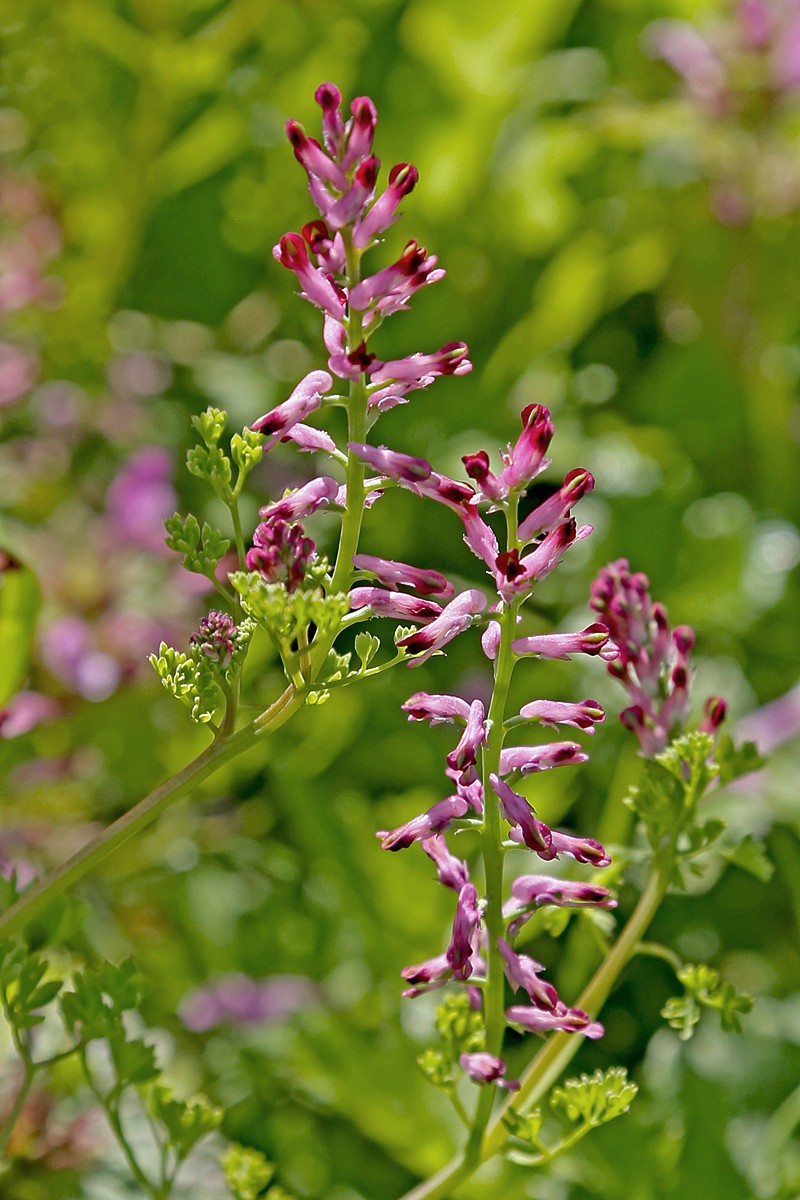
Many of these flowers are highly attractive to insects and produce large quantities of seed that provide food for a variety of small birds such as Twite. They are of course not so popular with folk working the land and anyone that has endured the seemingly endless battle with weeds in their garden vegetable plots can sympathise with that.
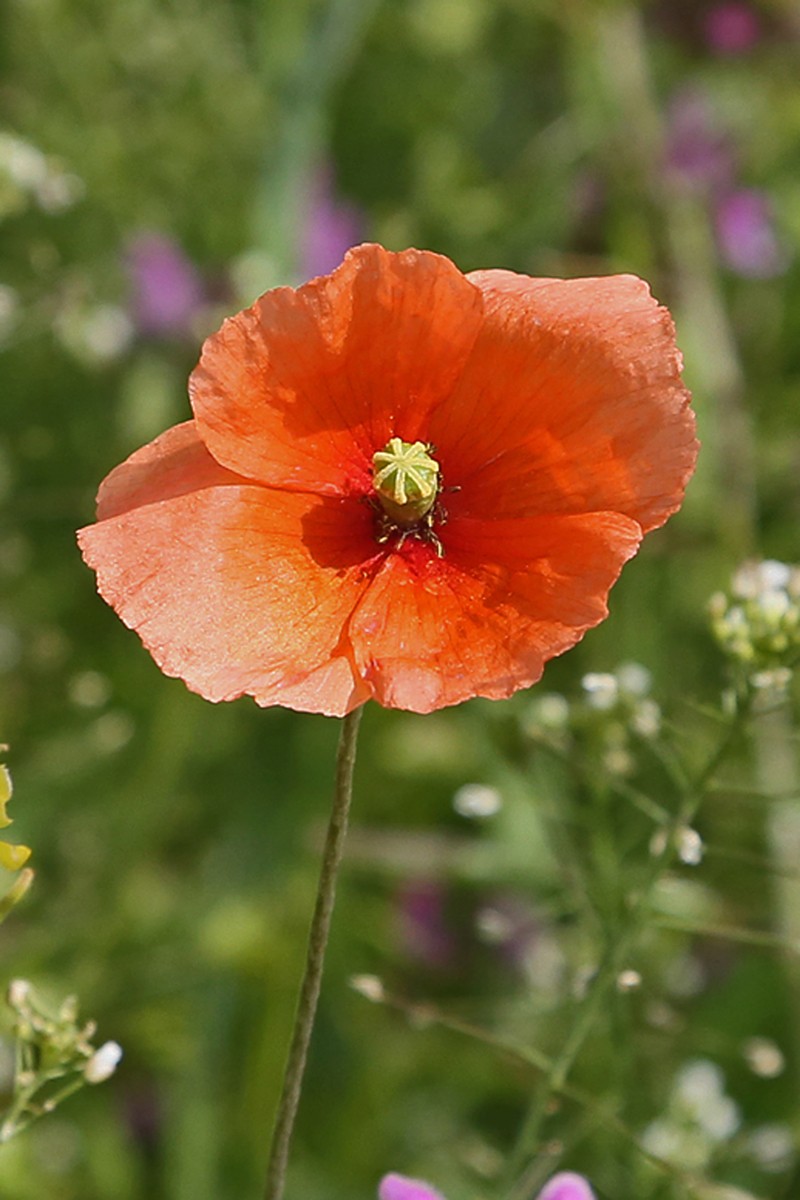
Once the ground is opened up and light reaches them they can germinate and flower. Image © Jim Nicolson

With the move away from traditional crofting towards sheep farming, more efficient methods of cleaning crop seed and the development of ever more effective herbicides these arable weeds have now become very scarce. Most species are annuals meaning they only survive for one year and they can only persist where the ground is broken up on a regular basis – hence they occur with crops and have become known as ‘arable weeds’.
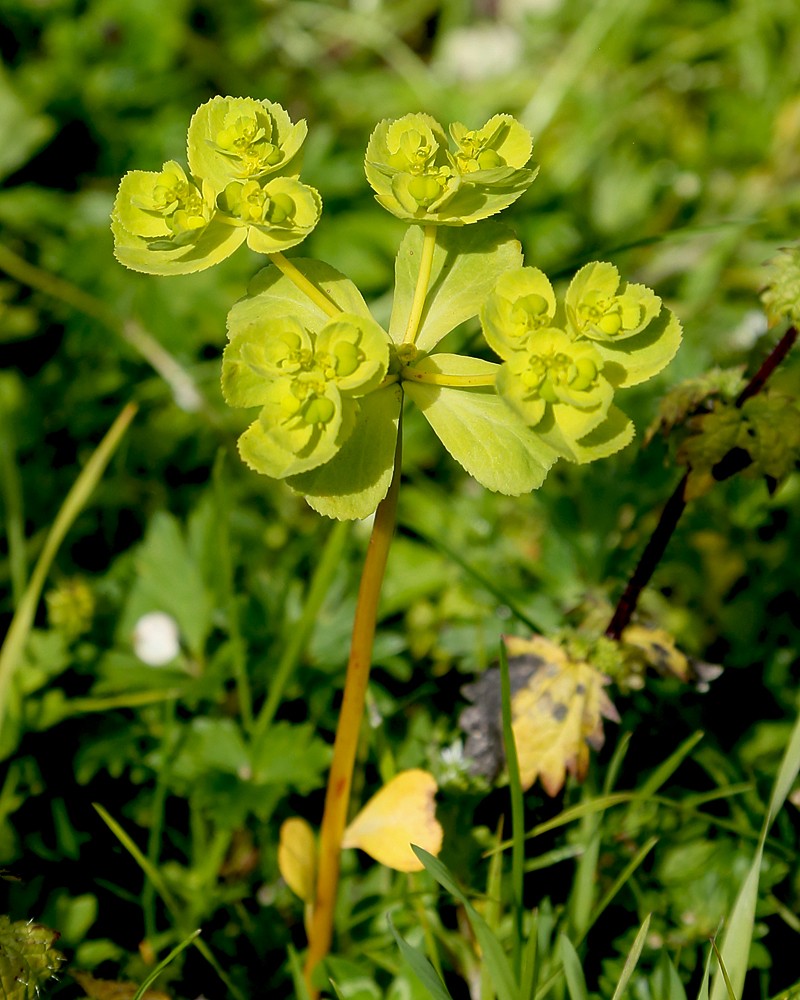
The best places to look for them in Shetland today, are the edges of crop fields on Unst and in the South Mainland, although they can occur anywhere that crops have been planted. Their seeds can persist for many years in the seedbank – in some cases hundreds of years – so a flush of arable weeds can occur anytime previously cultivated land is again put to the plough. I stumbled across an amazing field recently in the South Mainland that was just brimming with these flowers, many of which are very rare here in Shetland now.
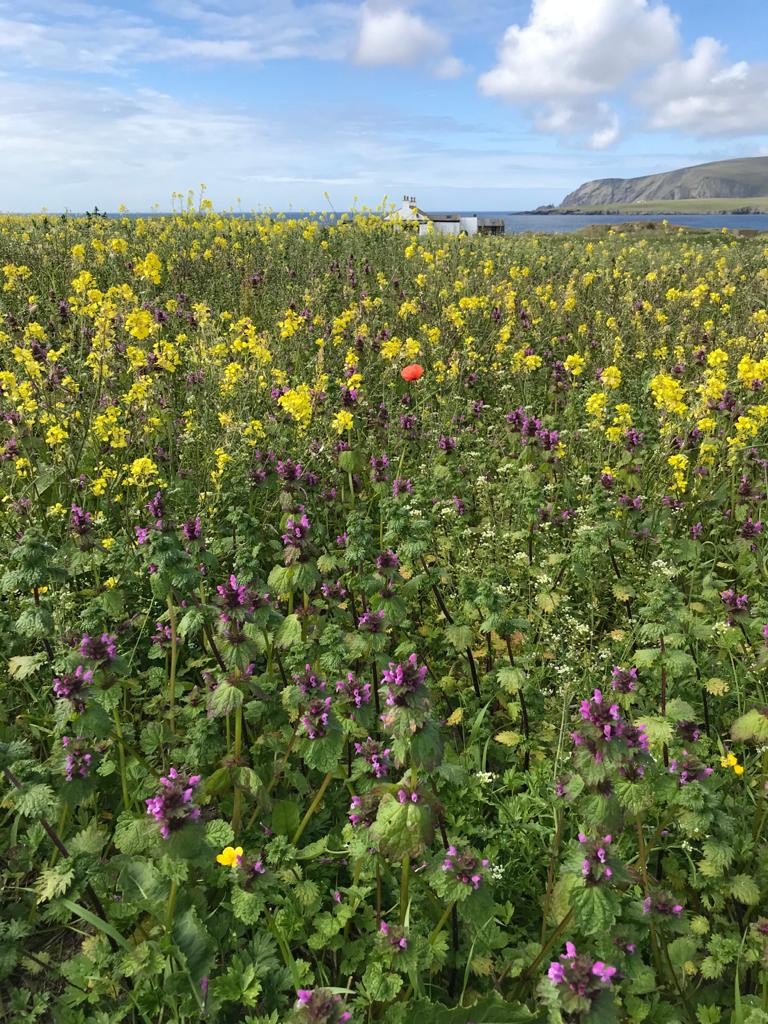
edges of arable fields providing important food sources for insects and birds. Image © Paul Harvey
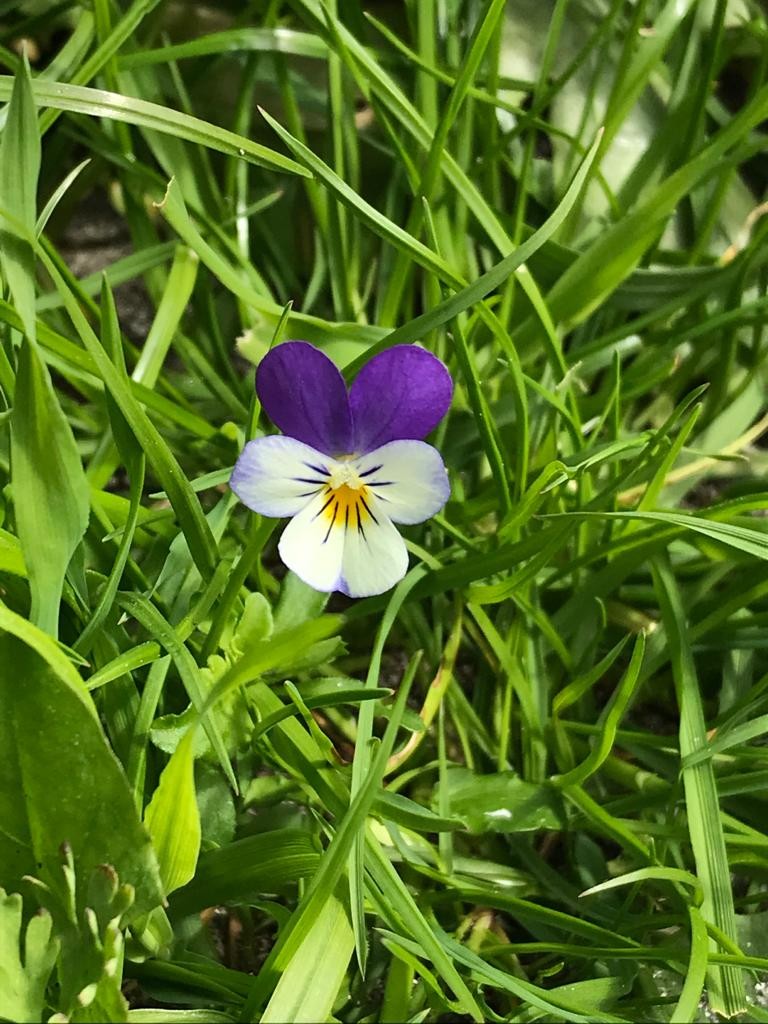
If anyone does come across any arable weeds in the next few weeks then we’d be delighted to receive the records. We can of course try and help identify them if you take photographs. Please though keep to the edge of suitable looking fields taking great care not to damage crops.

